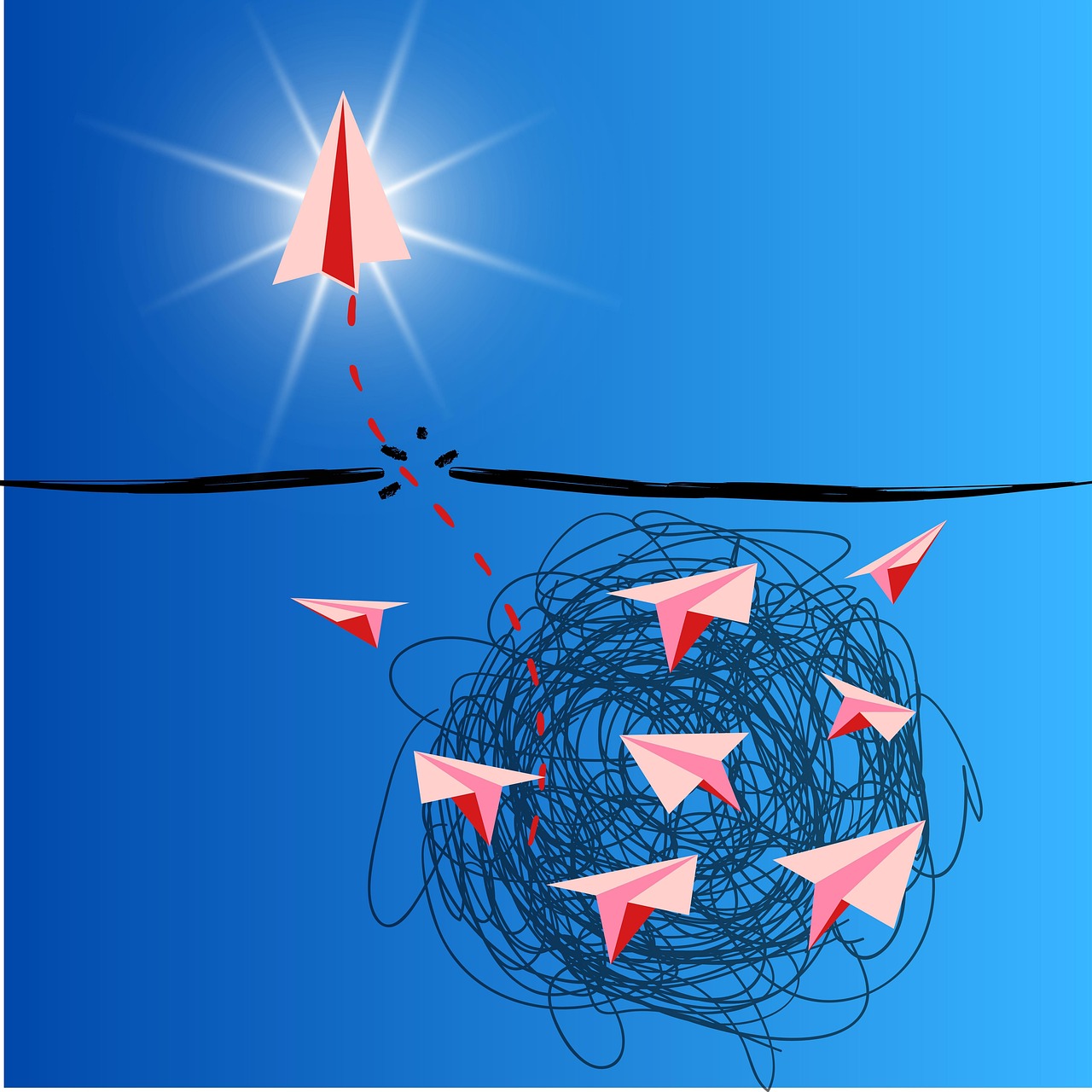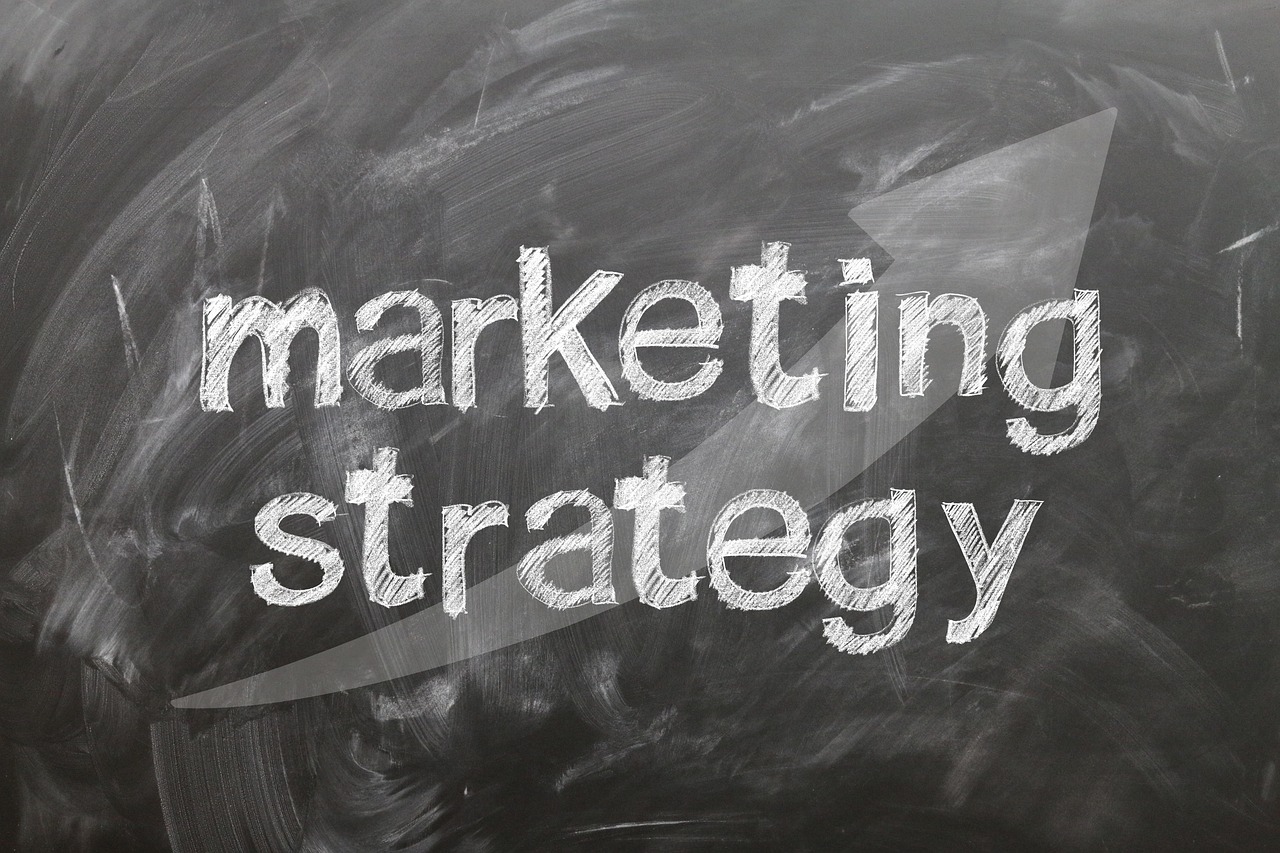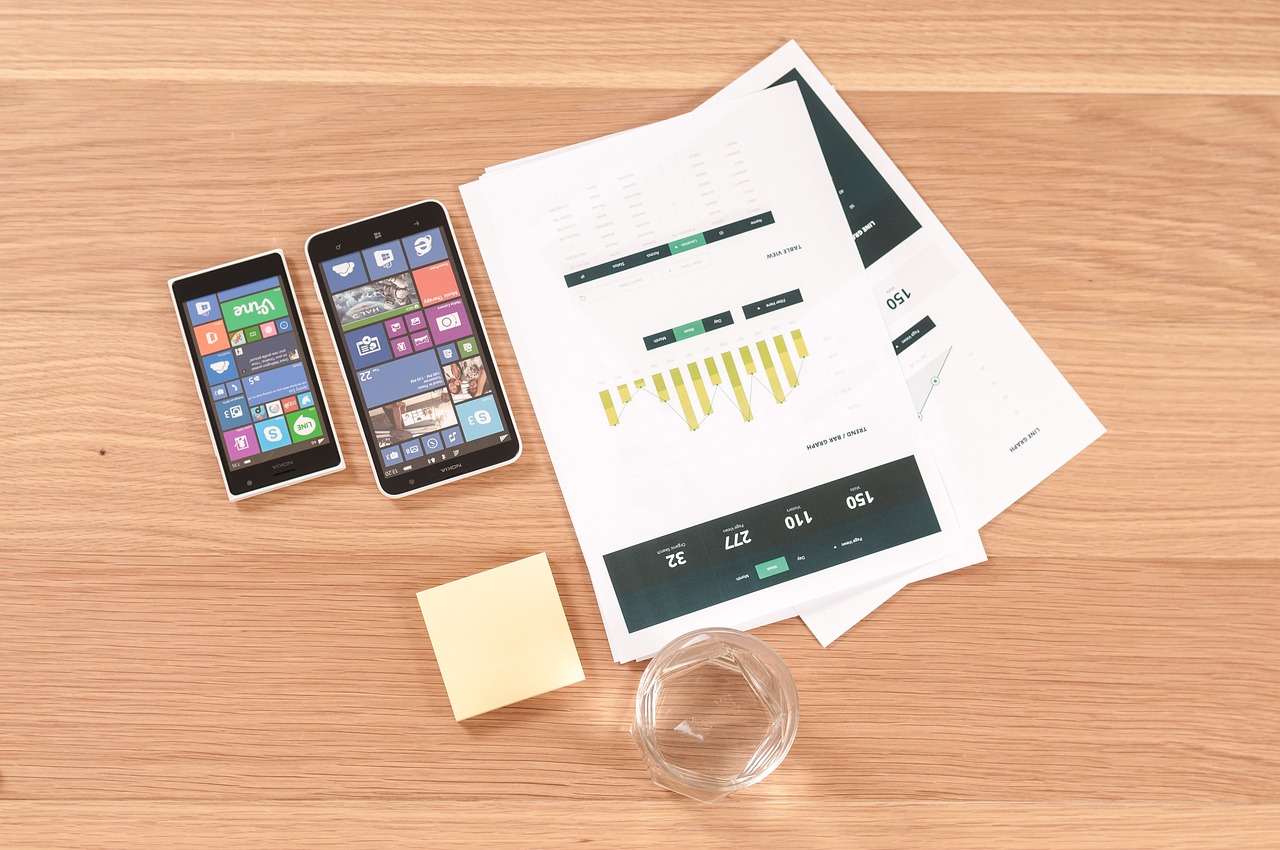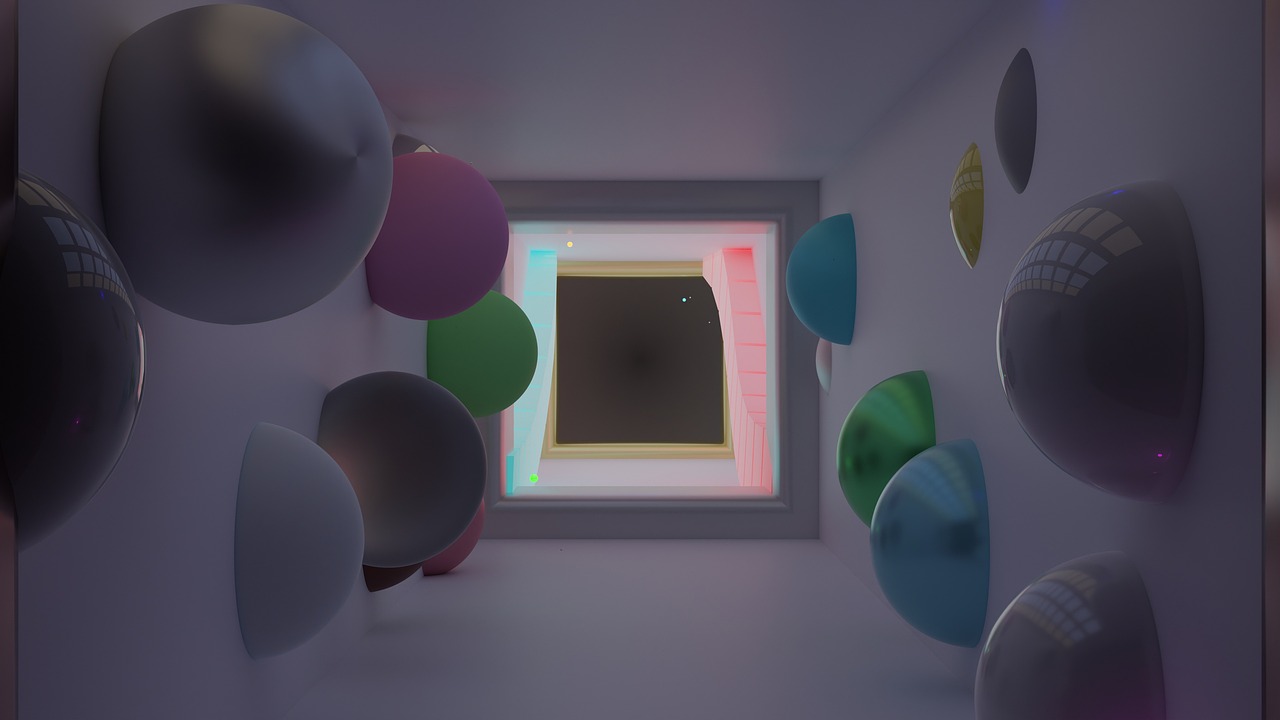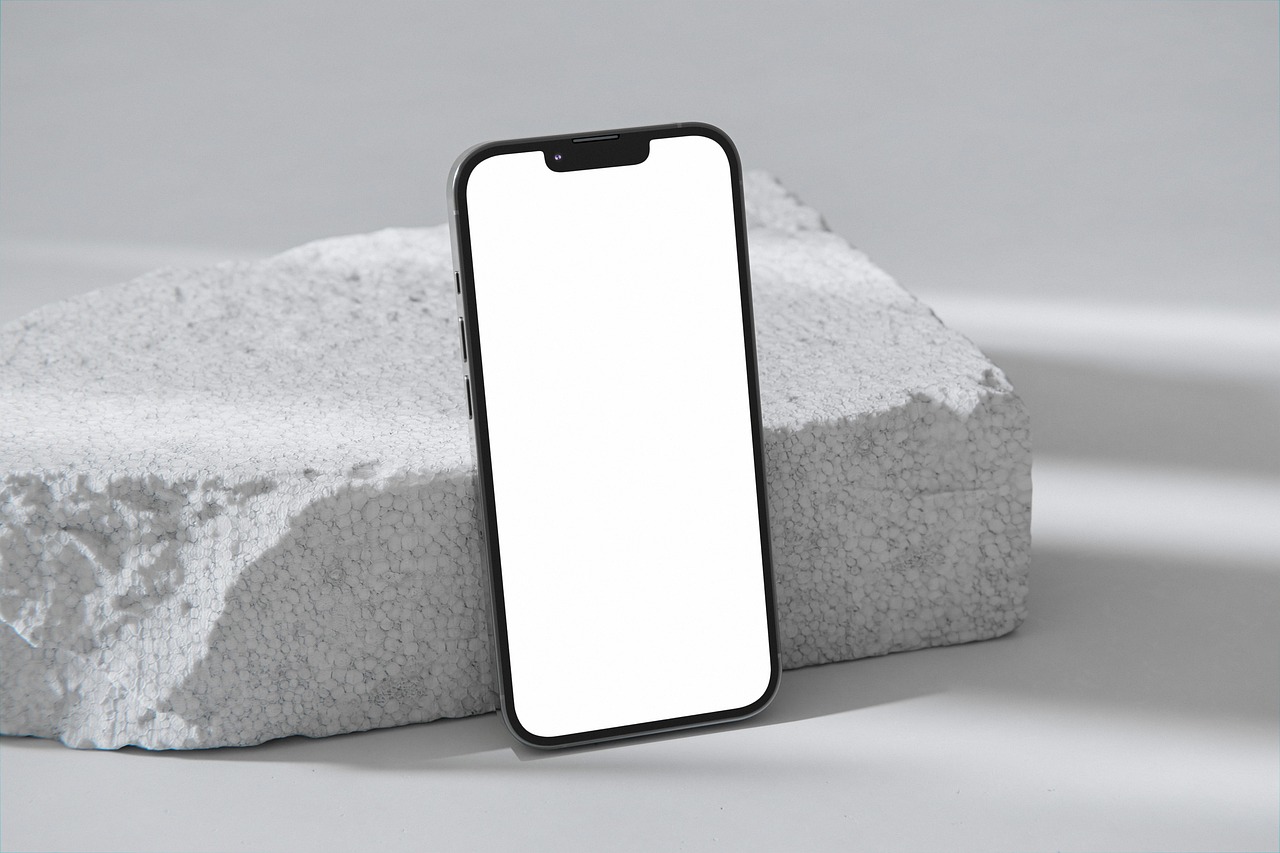Ever feel like your brand just isn’t hitting the mark anymore? Like you’re pushing out posts, tweaking your website, maybe even revamping your logo. But nothing’s really clicking? You’re not alone. From startups to legacy companies, so many brands hit a wall where things feel… stuck.
And more often than not, the culprit is right in front of us: the design just isn’t doing its job.
Let’s talk about what that looks like. And more importantly, what to do about it.
Signs Your Brand Design Might Be Holding You Back
Your audience might not always say it outright, but the symptoms are there if you look closely:
- You’re seeing less engagement across your social platforms
- Your website bounce rate is quietly climbing
- Sales are stagnating, even though your offering hasn’t changed
- Your visuals feel inconsistent or outdated
- Your messaging feels disconnected from how you want to be seen
Sound familiar? I’ve seen this play out more times than I can count. Two years ago, I worked with a family-run retail client in Manchester whose online presence felt like it hadn’t evolved since 2012. Lovely folks, great products. But their old-school branding made them invisible to the new-gen shoppers they wanted to attract.
How UK Brands Are Using Smarter Design to Reignite Growth
Plenty of brands here in the UK have turned things around. Not with gimmicks or endless rebrands, but through clear-headed design strategy.
Take Coop. A few years back, they restored their classic 1960s cloverleaf logo and combined it with clean, warm visuals and local storytelling. The result? A stronger emotional connection and increased loyalty from an audience that already loved them deep down. They just needed a clear, fresh reminder of what the brand honestly stood for.
Then there’s Octopus Energy. Their playful, bright visual identity (along with friendlier UX design across touchpoints) has set them apart in a sea of dull logos and uninspired advertising. It’s not just the tentacle mascot. It’s how everything they put out. From billboards to app buttons. Feels like it’s cut from the same cloth.
No chaos. No mixed messages. Just clarity and confidence.
The Magic of Consistency Across Every Touchpoint
Let’s get one thing clear: having a decent-looking logo doesn’t mean your brand design is working.
True design transformation happens when everything. Your website, your social media, your email marketing, even your packaging. Feels united. Like it’s all coming from one voice.
Research from Lucidpress (now Marq) in 2023 found that consistent branding across channels can increase revenue by up to 23%. That’s huge. And it makes sense. People trust what they remember. And they remember what stands out and stays consistent.
Think of your brand as a conversation. If it keeps changing its accent or mood every time someone talks to it, people will either get confused or stop listening altogether.
Design Thinking Isn’t Just for Tech Giants
Design thinking processes aren’t some Silicon Valley buzzword. They’re grounded in empathy, curiosity, and iteration. And they can absolutely transform your marketing if you let them.
I first saw this in action during a rebrand I worked on for a health and wellness brand in Bristol. We started by interviewing their core customers, not about products, but feelings. What stressed them out? What helped them feel better?
We then used those insights to rework their visual identity with soothing colours, a gentler tone of voice, and content that felt more like a friend than a sales pitch. Their bounce rates dropped by 35% after launch. Not because of a fancy algorithm. Because the brand finally felt right to the people who mattered.
The best agencies don’t just make things look pretty. They help you think differently. About your customers, your story, and how design can shift the conversation.
What to Ask Your Creative Agency (So You Don’t Waste Time or Money)
Too often, brands hire creative agencies and hope for a miracle. But if you’re not asking the right questions, you won’t get the breakthrough you’re looking for.
Here are a few things to ask before. And during. Your next design overhaul:
- What’s your process for uncovering brand insights?
- How do you ensure design consistency across all platforms?
- Can you walk us through a client project where design directly impacted results?
- How do you test and measure the effectiveness of your design decisions?
- How will you help us evolve, not just refresh, our brand identity?
Trust takes time. But it also takes clarity upfront. The right agency will be just as focused on function as form.
Final Thoughts: Design Isn’t Just Decoration. It’s Direction
When your brand feels stuck, it’s tempting to throw money at more ads or chase the next viral campaign. But real, lasting movement often starts with a deeper look at your visual identity alignment and how your design connects (or doesn’t) with your audience.
Smart design isn’t about being trendier or louder. It’s about being clearer, more human, and more in sync with what your audience actually needs and values.
So if things feel a bit off lately, this might be your cue. Revisit your design. Work with people who don’t just build visuals, but build meaning. And most importantly. Don’t be afraid to evolve.
Your best version might be just a few smart design decisions away.
Frequently Asked Questions
How do I know if my brand design is outdated?
An outdated brand design often shows through declining engagement, inconsistent visuals across platforms, or customer feedback suggesting confusion. If your branding hasn’t had a thorough review in three or more years, it’s likely due for one.
Can design alone really impact business growth?
Yes. But only when it’s done strategically. Effective design improves customer trust, clarifies your message, and increases memorability. According to a McKinsey report published in 2022, design-led companies outperform their peers by nearly 2x in revenue growth.
How often should we refresh our visual identity?
There’s no one-size-fits-all answer. Minor tweaks might be needed every 2-3 years, while a full rebrand is typically considered every 7-10 years, depending on market shifts and audience needs. The key is being proactive, not reactive.
What’s the difference between a rebrand and a design refresh?
A design refresh updates visual elements (like colours, fonts, or layout) without changing the core brand strategy. A rebrand goes deeper, addressing purpose, messaging, tone of voice, and sometimes even the name or audience focus.
Do all creative agencies follow a design thinking process?
Not all do. Reputable agencies usually do incorporate some form of customer-centric design thinking, but it’s worth asking explicitly. Agencies with strong UX and brand strategy teams are more likely to apply this approach effectively.


